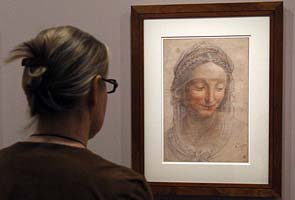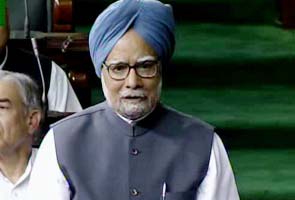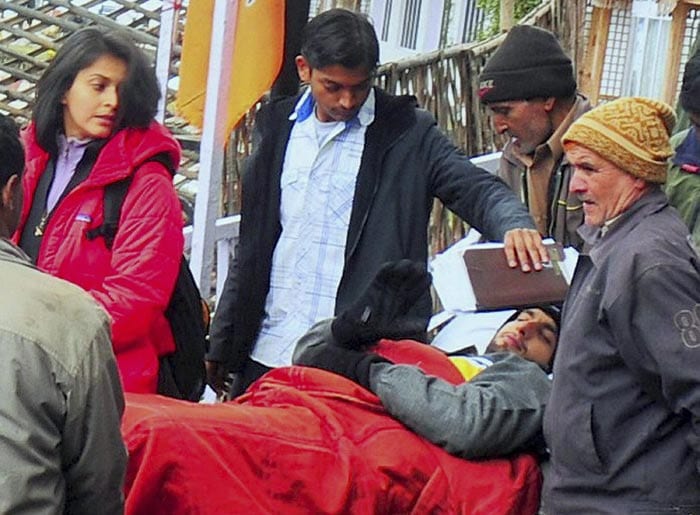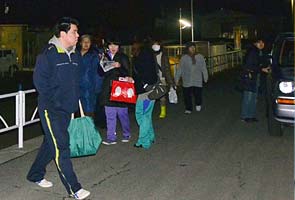31 mar 2012
 The websites, including meizhou.net, xn528.com and cndy.com.cn, were closed for spreading rumors of "military vehicles entering Beijing and something wrong going on in Beijing," which were fabricated by some lawless people recently, said a spokesman with SIIO, reported Xinhua.
The websites, including meizhou.net, xn528.com and cndy.com.cn, were closed for spreading rumors of "military vehicles entering Beijing and something wrong going on in Beijing," which were fabricated by some lawless people recently, said a spokesman with SIIO, reported Xinhua.
The rumours have caused "a very bad influence on the public" and the websites were closed in accordance with laws for failing to stop the spread of rumours, said the spokesman.
Beijing police also detained six people for allegedly fabricating and spreading the above-mentioned rumours, particularly through microblogging posts, according to the Beijing Municipal Bureau of Public Security.
An undisclosed number of people who had disseminated similar rumours on the Internet were also "admonished and educated," who have shown intention to repent, the police said.
16 Chinese websites closed, six detained for spreading rumours
Beijing: Chinese authorities closed 16 websites and detained six people responsible for "fabricating or disseminating online rumors," the State Internet Information Office (SIIO) and Beijing police said Friday.

The rumours have caused "a very bad influence on the public" and the websites were closed in accordance with laws for failing to stop the spread of rumours, said the spokesman.
Beijing police also detained six people for allegedly fabricating and spreading the above-mentioned rumours, particularly through microblogging posts, according to the Beijing Municipal Bureau of Public Security.
An undisclosed number of people who had disseminated similar rumours on the Internet were also "admonished and educated," who have shown intention to repent, the police said.

 Chris Cairns, the former New Zealand allrounder, has won his libel case against Lalit Modi and has been awarded damages of £90,000. Neither party was present when the verdict - which is open to appeal - was announced in the High Court in London.
Chris Cairns, the former New Zealand allrounder, has won his libel case against Lalit Modi and has been awarded damages of £90,000. Neither party was present when the verdict - which is open to appeal - was announced in the High Court in London.








